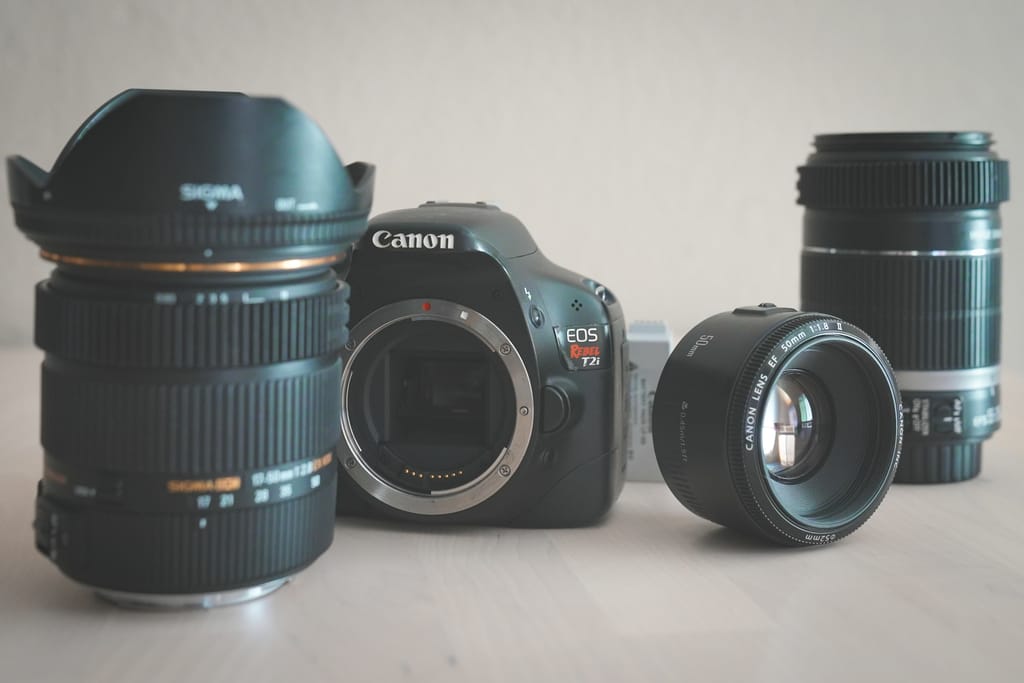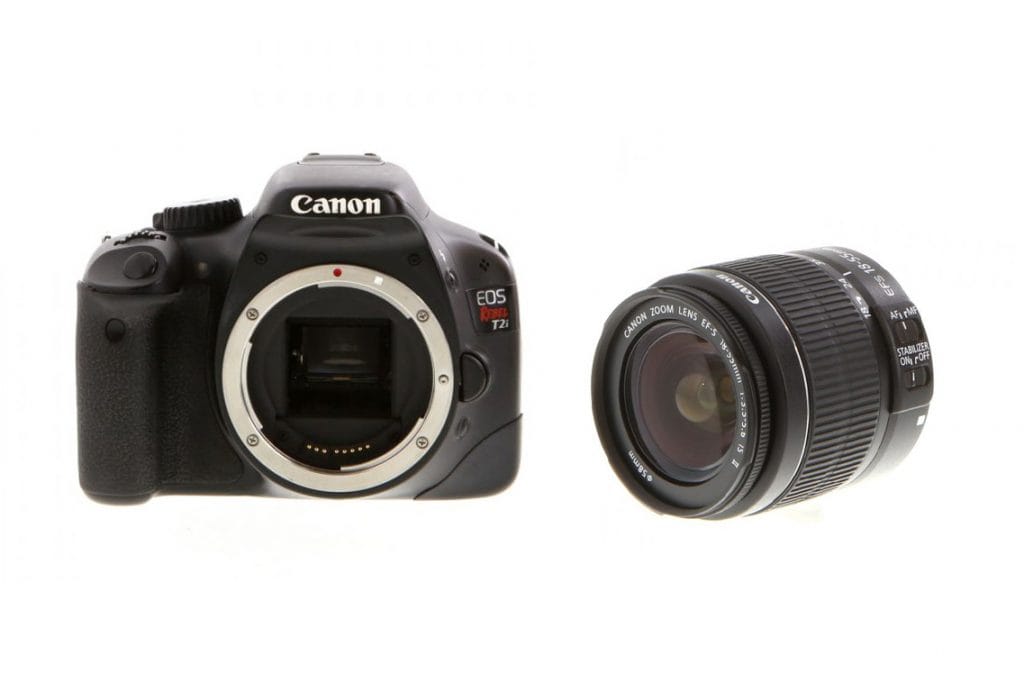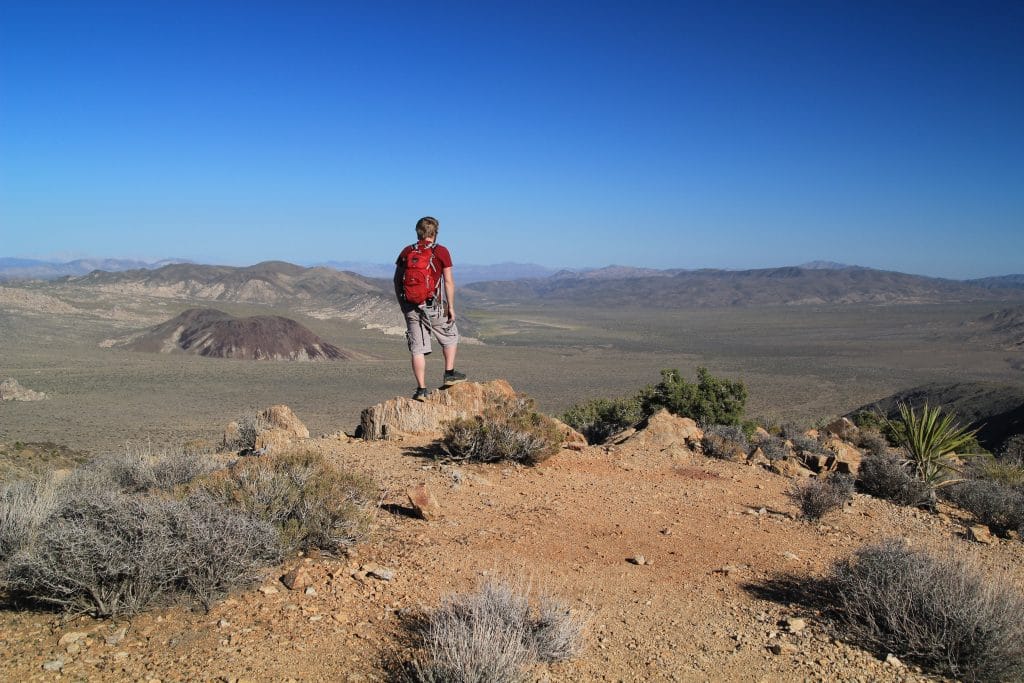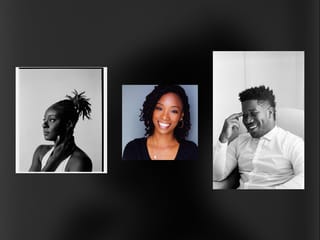
This article is continued from Volume I
Up until I went to film school in 2007, I had mostly only shot on 35mm SLR cameras and small, digital point & shoot cameras. These, of course, did the trick at the time because I didn’t really have a need for anything greater.
I had been learning the basics of composition and exposure, and I soon found myself thrown into the deep end of lighting techniques, motion picture cameras of all shapes and sizes, audio equipment and more. Thankfully, a lot of what I had learned from my exploration of photography carried over into the more complicated motion picture cameras.
Our three largest projects were filmed on an ARRI 16mm, an ARRI 35mm Cinema camera, and a Panasonic HVX-200 digital camera that recorded to now-antiquated P2 cards. I distinctly remember using that HVX-200 with a wickedly expensive LETUS lens adapter in order to get a shallow depth of field for our projects, with limited success. The ‘cinematic look’ still escaped us. These days, film students have a lot more options for their own digital creations, but I digress.
The face of video production has changed significantly since I first learned the basics. I’m dating myself here, but when I went to college, Youtube was still in its infancy and 1080p video was wildly impressive.
My First DSLR
I’m not exaggerating when I say that the Canon Rebel T2i was a revelation for me. This was the first DSLR with an attainable price range that offered high-definition 1080p video, and it did so using Canon’s amazing EF-mount lenses. With some financial help from a couple of family friends, I ended up acquiring one with the included 18-55mm f/3.5-5.6 IS II kit lens.

This camera opened up a new world of possibilities for me, not only for the video capabilities but the stills as well. Finally able to control my shutter speeds and aperture settings in a digital medium, I was fascinated by all of the different looks I could achieve to capture the world around me.



Soon after, I found myself wanting to try more lenses. I nabbed a Canon EF-S 55-250mm f/4-5.6 IS II lens for greater reach. My first nifty fifty, the Canon 50mm f/1.8 II gave me unbelievably shallow depth of field. Before long, I was trying all sorts of experimental looks with fisheye lens adapters, Lensbaby lenses, color gels for the in-body flash unit and more.



Beyond the First DSLR
The experience I gained from constantly using my T2i actually led to my first camera assistant job. This nationally broadcast tv show had recently switched over to a ‘light and tight’ production style, on other Canon DSLR cameras, which many of the seasoned veteran camera operators weren’t familiar with.
When I began, the production was filming on Canon 5D Mark II‘s, a pair of Canon 7Ds and a Rebel T2i. Over the years, they added a number of GoPro cameras, from the Hero 2 up to the Hero 6 Black. The production eventually phased out the T2i and introduced a pair of EOS 60D cameras. Later, they replaced the 5D Mark II’s with a trio of 5D Mark III‘s.
It was during this time that I developed a deep appreciation for budget equipment. With expressive techniques and a love of experimentation, we were able to create professional looks on a shoestring budget. Frankly, we didn’t need to shoot on outrageously-priced top-level equipment simply because our medium didn’t call for it. It’s an important lesson–shoot with what you need at the time, and upgrade when it’s necessary.
This environment was a camera geek’s playhouse. I was learning the ins and outs of the various Canon systems, finding which models had better low-light performance, and which ones could shoot slow-motion video. Over time, I also moved up from camera assistant to camera operator and got to put much of my sideline experience to work.
The production also used a combination of Canon prime and zoom lenses as we shot interviews, live concert performances, location footage and more. My favorite lens for interviews and concerts became the 70-200mm f/2.8 L II for its versatility, reach and gorgeous rendering. It looks great on video, just as it does for portraits and event photography.
Of course, our small group of camera operators on the show were tremendous gear nerds themselves. Every few weeks, someone would have a new trinket to try out or test, including a Zeiss prime lens set, Steadicams and Glidecams, motorized gimbals, drones, Osmo stabilized cameras, Canon Cinema cameras and more.
Solo Production
With all of that exposure to all of that other gear, I couldn’t help but start thinking of making some upgrades of my own. I ditched the Canon kit lens and upgraded to a Sigma 17-50mm f/2.8 EX HSM for my everyday glass. Seeing as how I would soon go on a solo camping trip, I wanted something that would give me better low-light performance, a shallower depth of field and a consistent aperture throughout the length of the zoom.
I also planned on doing a lot of self-portraits and video on the trip. The Sigma gave me an edge up from the previous kit lens due to the actual distance markings on the focus ring. The video autofocus on the T2i wasn’t great, so manual was going to be my only option.
So armed with a cheap plastic tripod, my T2i, 50mm f/1.8 II, Sigma 17-50mm and Canon 55-250mm, I ventured out on a photo and video trip to Joshua Tree.




I ended up staying within the Canon ecosystem for several years, through a few upgrades. I eventually got a used 5D Mark III from a friend, and then of course I was looking toward the task of updating my EF-S zoom lenses to the full-frame EF lenses.
Little did I know, just a few years later, another camera would come along that was so innovative, impressive and just my style that I would end up switching systems for it–my first mirrorless camera. Hear more about that next step in Volume III, coming soon.




